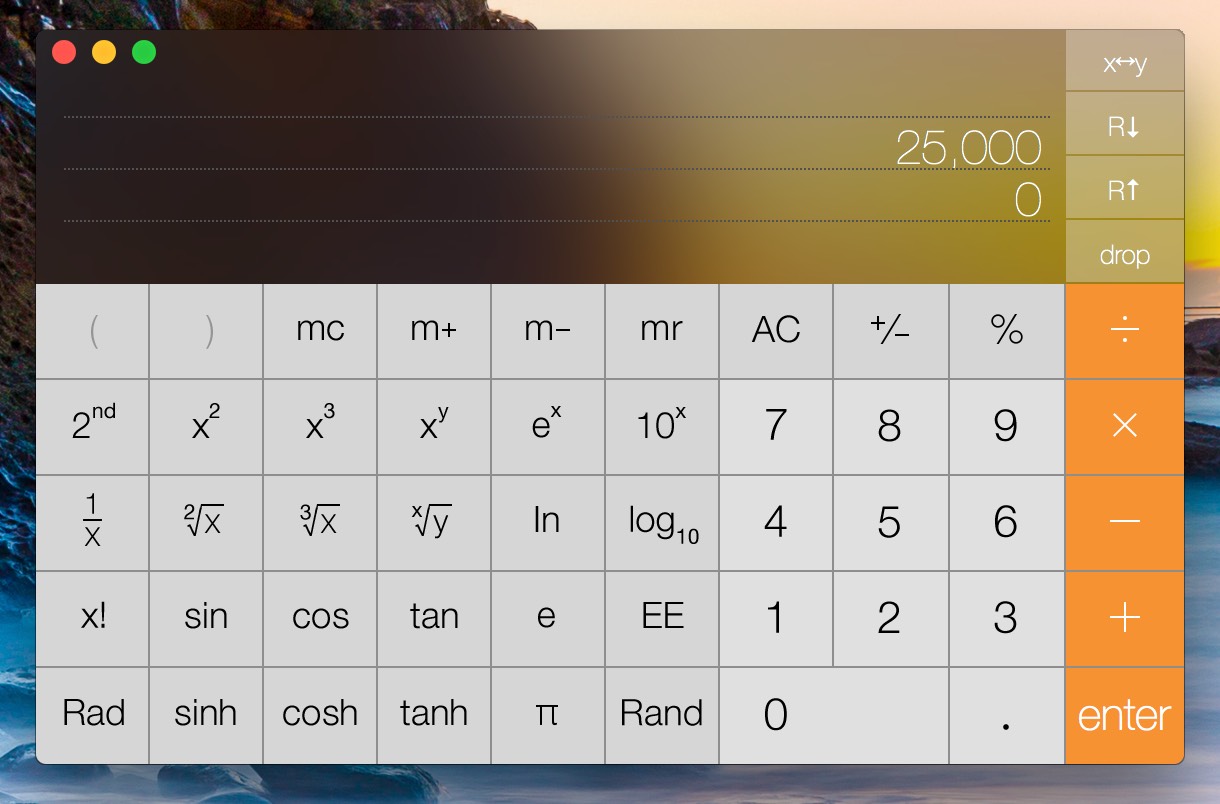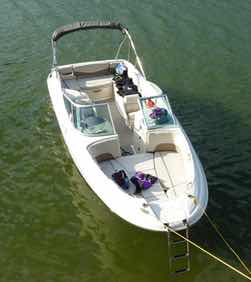2018 MacBook Air versus some of its aged predecessors
I recently purchased a new 2018 13" MacBook Air—my first new Mac laptop in over five years. My hope is that this machine can replace two aging laptops: A 2013 13" Retina MacBook Pro (I use this when I want more "power" or screen resolution) and a 2012 11" MacBook Air (I use this when I want portability).
Reviews of this machine are all over the net, so I'm not even going to attempt a full review. If you want an in-depth review of the machine, go read Six Colors' review, or The Verge's review or Wired's review…or just start with Macrumors' round-up of reviews and go from there.
Instead of a full review, I'll provide some brief thoughts on the machine, then move on to my main focus: The performance changes in Apple's smallest laptops from 2012 to today, based on comparisons between my three machines. I was interested in how this would turn out, as the two older Macs are both Core i7 CPUs, versus the Core i5 in the new Air. There's lots out there to read about how the 2018 Air compares to other current machines, or semi-new machines…but I thought it might be interesting to see how performance has changed in five-plus years.
But first, my thoughts on the new Air…





 This morning, I launched the DirecTV app on my iPhone (connected to my home network via wifi).
This morning, I launched the DirecTV app on my iPhone (connected to my home network via wifi).


 I took my laptop out to the
I took my laptop out to the